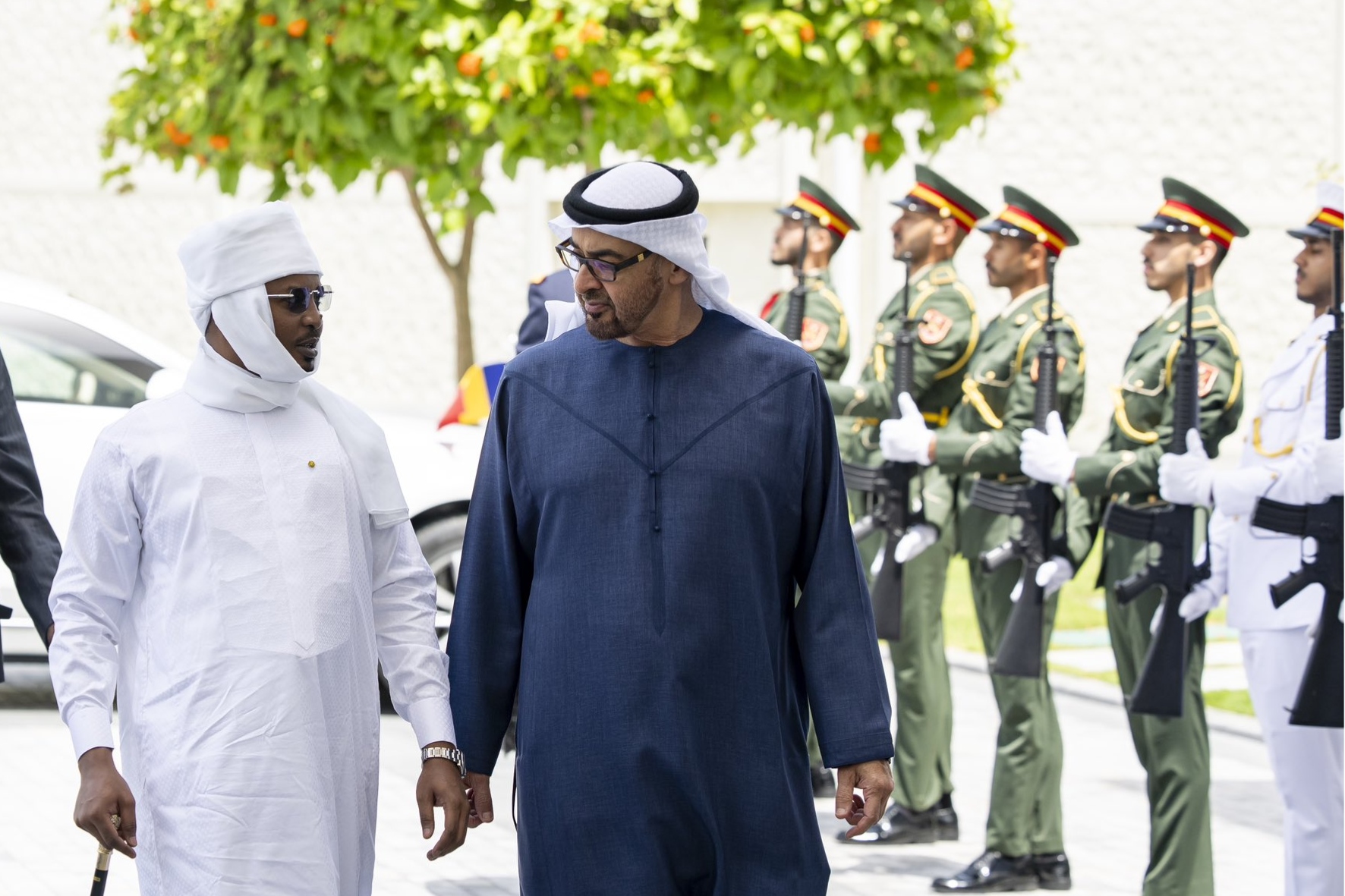EU, Canada Sign Defence Pact and Launch Digital Trade Talks

In a significant step toward closer bilateral relations, the European Union and Canada on Monday signed a new Security and Defence Partnership (SDP) and launched formal negotiations for a Digital Trade Agreement. The dual initiatives were announced during the 20th EU–Canada summit in Brussels, underscoring a shared commitment to stronger cooperation amid growing uncertainty over global alliances and the evolving role of NATO.
The summit took place shortly after the G7 leaders met in Canada, where an unexpected early departure by U.S. President Donald Trump drew attention. It also came just before the NATO summit in The Hague, where critical decisions regarding alliance funding and military posture were expected.
European Council President António Costa hailed the summit as “a powerful political statement,” while Canadian Prime Minister Mark Carney and European Commission President Ursula von der Leyen joined him in affirming that both sides are determined to elevate their strategic partnership to new heights.
Shared Purpose: Responding to Global Instability with Stronger Alliances
Mark Carney emphasized the importance of shared values and global stability during a joint press conference, pointing out that the current international rules-based order is “under threat.” He stressed that Western allies must choose between “nostalgically looking back and longing for the old world order” or boldly working to construct “a new one with purpose and partnerships.”
Carney described Canada as “the most European of the non-European countries,” expressing Ottawa’s strategic intent to work closely with the EU in areas where democratic systems, multilateralism, and regulatory standards align. António Costa affirmed this commitment, saying both sides have agreed to “forge even stronger bonds.”
Security and Defence Partnership: A Comprehensive Collaboration Framework
A central outcome of the summit was the signing of the Security and Defence Partnership (SDP)—a wide-ranging agreement that covers a broad spectrum of defence and security initiatives. This includes joint work on:
Crisis management operations, Military mobility, Maritime security, Countering cyber and hybrid threats, Defence industry cooperation, Counter-terrorism, Disarmament and non-proliferation, Outer space policy, Continued support for Ukraine
According to a senior EU official, the SDP is “as comprehensive a framework as we can offer to a third country.” The partnership mirrors similar frameworks the EU has recently formed with other close allies, including the United Kingdom, as part of efforts to reduce dependency on the U.S. amid questions surrounding Washington’s long-term military commitments.
Canadian Representative in Brussels and Access to EU SAFE Programme
Under the agreement, Canada will post a dedicated defence representative to the European Union. The two sides also pledged to explore an administrative arrangement between Canada and the European Defence Agency (EDA) to facilitate closer cooperation.
Crucially, the partnership paves the way for Canada to potentially access the EU’s €150 billion SAFE (Support for Ammunition and Equipment) loan programme. This programme is designed to support member states and eligible partners in acquiring defence-related capabilities.
For Canada to participate in the procurement side of SAFE and allow its domestic defence industries to compete with EU manufacturers, a separate bilateral agreement is needed. However, the summit laid the foundation for swift progress on this front.
Von der Leyen noted that negotiations to bring Canada into SAFE will begin “swiftly,” adding that the goal is to identify areas “where our cooperation can have the most value added” and where joint investments should be channelled. She stressed that reciprocity and supply security would be the key principles behind the implementation.
Canada Seeks Defence Diversification and Increased Ammunition Procurement
Prime Minister Carney noted that the new agreement would help both Canada and the EU address defence capability requirements more effectively. As part of its broader military modernization efforts, Canada will increase its procurement of ammunition and equipment.
Currently, around 75% of Canada’s defence spending is directed to the United States, a figure Carney previously criticized as strategically unwise. With the new partnership, Ottawa is looking to diversify its procurement strategy and deepen its role in transatlantic defence development.
Second Major Defence Pact for EU in One Month
The EU–Canada SDP is the second such agreement the European Union has signed in just over a month, following a similar accord with the United Kingdom. These moves come as the EU seeks to take on more strategic responsibility, especially as questions linger about U.S. support for NATO and Ukraine.
The timing is notable: the NATO summit in The Hague is expected to raise defence spending targets from 2% to 5% of GDP, signaling a major shift in how allies plan to contribute to collective security. The EU’s closer ties with Canada can be seen as part of a broader realignment aimed at increasing resilience and strategic autonomy.
EU and Canada Begin Talks for a New Digital Trade Agreement
The summit also marked the beginning of negotiations on a Digital Trade Agreement, expanding the successful legacy of the Comprehensive Economic and Trade Agreement (CETA), which came into force in 2017.
In 2023, CETA facilitated €123 billion in two-way trade between the EU and Canada. Von der Leyen described CETA as “a strong symbol of the power of free and fair trade,” adding that 98% of tariffs between both sides are now zero.
The new digital accord builds on the EU–Canada Digital Partnership signed in 2023 and is expected to significantly advance cooperation in:
Facilitating cross-border data flows
Regulating artificial intelligence and online platforms
Aligning cybersecurity standards
Promoting interoperable digital identities
Supporting joint innovation through “AI Factories”
Expanding high-performance computing capabilities
Digital Diplomacy Strategy: EU Deepens Global Tech Ties
The digital agreement is part of the EU’s broader Global Digital Strategy, aimed at forming digital alliances with trusted partners. Earlier this month, EU Tech Commissioner Henna Virkkunen presented the strategy, which seeks to position the bloc as a global leader in tech regulation and innovation.
The EU has already signed similar digital trade agreements with Singapore and South Korea, reflecting its intent to export its regulatory model while enhancing data protection and cybersecurity norms. However, privacy advocates continue to raise concerns about personal data risks in cross-border digital deals.
Despite these debates, the first EU–Canada Digital Partnership Council is expected to take place by the end of the year. It will guide policy alignment and implementation of the new agreement, with a focus on public trust, safety, and technological competitiveness.
Broader Geopolitical Context: Strengthening Global Democratic Alliances
These latest agreements between Canada and the EU reflect a strategic choice by both to strengthen democratic partnerships in the face of global shifts in power. With the U.S. showing signs of unpredictability, both Brussels and Ottawa are seeking to stabilize and expand their network of reliable alliances.
While neither side directly referenced China or Russia during the summit, the context was clear. The Security and Defence Partnership, along with the Digital Trade Agreement, form part of a broader effort to build resilience against geopolitical and technological risks.
A Future Focused on Resilience and Strategic Unity
The EU–Canada summit produced tangible outcomes with far-reaching consequences. The signing of a comprehensive Security and Defence Partnership and the launch of negotiations for a Digital Trade Agreement position both parties as key players in shaping the future of transatlantic cooperation.
These deals are not only about immediate political statements but about long-term structural alignment—from military readiness to digital governance. As global challenges continue to evolve, the strategic unity displayed by the EU and Canada may offer a model for future international collaboration.
In a rapidly changing geopolitical landscape, this renewed partnership is designed not just to weather storms, but to shape the environment in which global democracy, economic resilience, and innovation can thrive.







